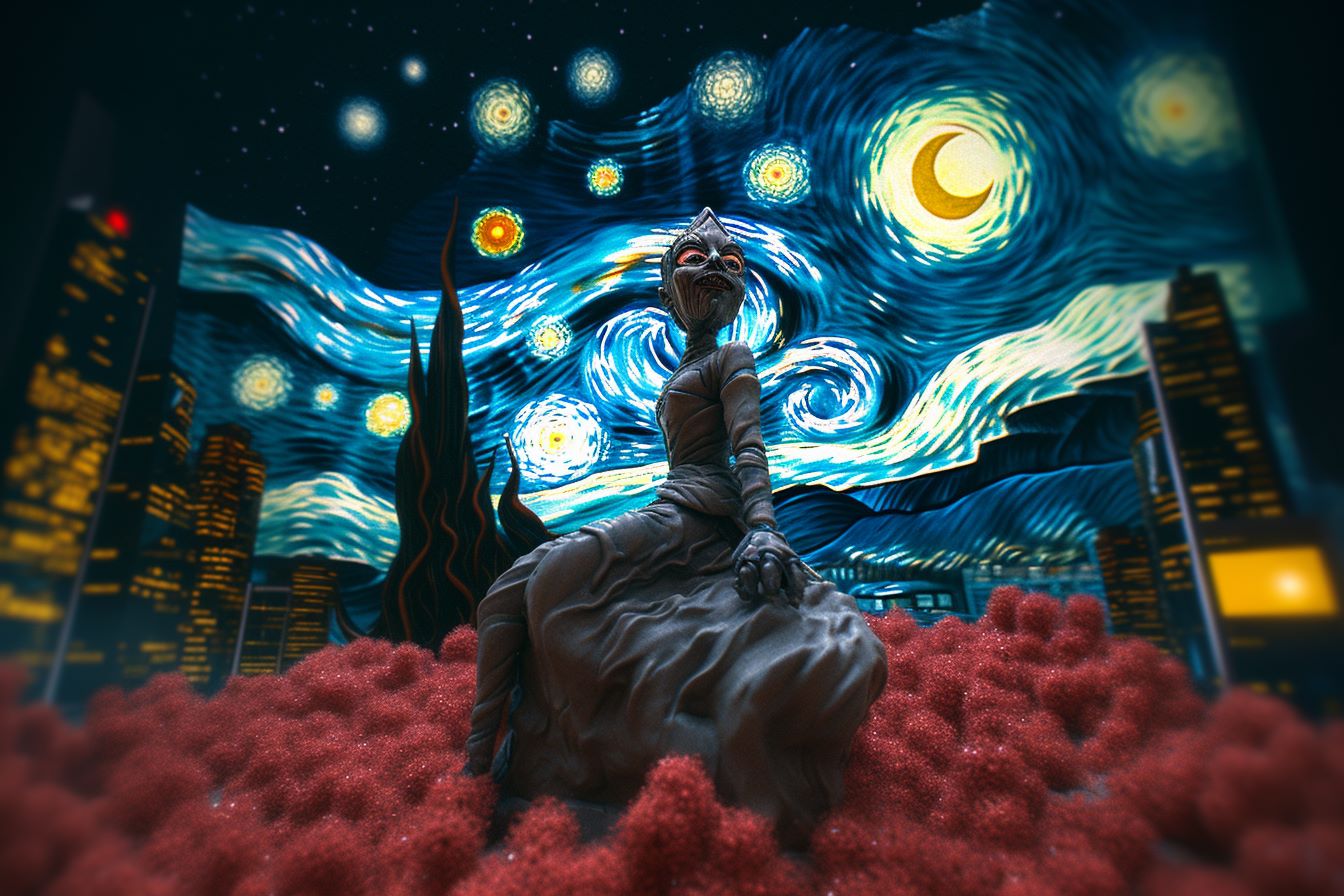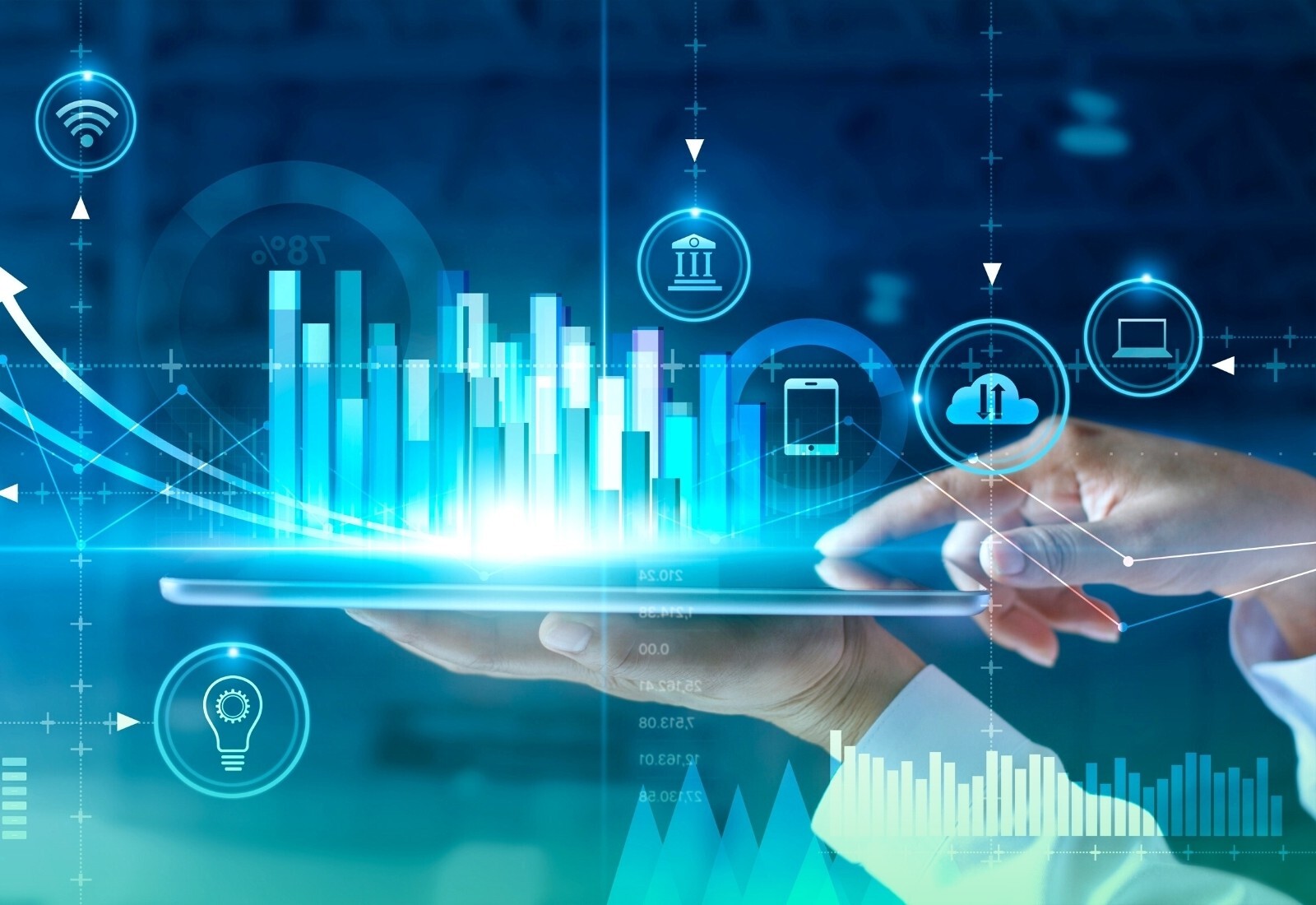
Digital art has revolutionized the way we create and experience visual art. With advancements in technology, artists now have access to a wide range of digital tools and techniques that allow them to explore their creativity in ways that were previously unimaginable. From digital painting and 3D modeling to interactive installations and virtual reality experiences, the realm of digital art offers endless possibilities.
In this article, we will delve into 11 fascinating facts about digital art that will give you a deeper understanding and appreciation of this innovative medium. Whether you are an art enthusiast, a digital artist yourself, or simply curious about the world of digital art, these facts will shed light on the unique aspects and impact of this artistic form.
Key Takeaways:
- Digital art offers endless possibilities for experimentation and blurs the boundaries between traditional and digital art, revolutionizing the art world and creating new opportunities for artists.
- The rise of digital art has democratized art, influenced traditional art forms, and transformed art education, paving the way for a promising future with limitless possibilities.
The rise of digital art
Digital art has gained immense popularity in recent years, thanks to advances in technology and the widespread accessibility of digital tools. Artists now have the ability to create stunning, lifelike artworks using digital software and devices.
The limitless possibilities
Unlike traditional art forms, digital art offers endless possibilities for experimentation and exploration. Artists can effortlessly manipulate colors, textures, and shapes, giving them the freedom to push boundaries and create innovative artworks.
The blurring of boundaries
Digital art has blurred the boundaries between different art forms. Artists can seamlessly combine traditional techniques with digital tools, resulting in unique and captivating artworks that bridge the gap between the physical and digital realms.
The democratization of art
With digital art, anyone can become an artist. Digital tools and online platforms have made it easier for aspiring artists to learn and showcase their work to a global audience, opening up opportunities for creativity and self-expression.
The influence of social media
Social media platforms like Instagram and TikTok have played a crucial role in promoting and popularizing digital art. Artists can easily share their creations with millions of people, gaining exposure and building a dedicated following.
The impact on traditional art
Digital art has had a profound impact on traditional art forms. From digital sculptures to interactive installations, artists have incorporated digital elements into their works, pushing the boundaries of what is considered traditional art.
The intersection of art and technology
Digital art has become a prime example of the intersection between art and technology. Artists now utilize virtual reality, augmented reality, and artificial intelligence to create immersive and interactive art experiences.
The preservation of digital art
Preserving digital art presents unique challenges due to its ever-evolving nature. However, advancements in digital archiving techniques and blockchain technology are being explored to ensure the longevity and authenticity of digital artworks.
The commercialization of digital art
Digital art has gained significant traction in the commercial art market. NFTs (Non-Fungible Tokens) have allowed digital artworks to be bought, sold, and collected, providing artists with new avenues for monetization.
The impact on art education
Digital art has transformed art education. Many educational institutions now offer digital art programs, providing students with the skills and tools to excel in the digital art industry.
The future of digital art
As technology continues to advance, the future of digital art looks promising. From virtual reality exhibitions to AI-generated artworks, the possibilities are endless, and the digital art world is set to continue evolving and pushing boundaries.
Conclusion
These 11 digital art facts highlight the fascinating and dynamic world of digital art. From its origins in the 1950s to its growth and evolution today, digital art has emerged as a powerful medium for self-expression and artistic exploration. The use of digital tools and technologies has revolutionized the way artists create and engage with their work, opening up new possibilities for creativity and innovation.
Whether it’s through digital paintings, sculptures, animations, or virtual reality experiences, digital art continues to push the boundaries of artistic expression. As the digital landscape continues to evolve, we can expect even more exciting developments and advancements in the world of digital art. So, embrace the digital age and unleash your creativity!
FAQs
1. What is digital art?
Digital art refers to any form of artwork that is created or displayed using digital technology such as computers, tablets, or smartphones. It encompasses various mediums, including digital paintings, illustrations, animations, and virtual reality experiences.
2. What are the advantages of digital art?
Digital art offers several advantages over traditional art mediums. It allows for quick and easy editing, experimentation with different techniques, and the ability to undo mistakes. Digital files are also easier to store, share, and reproduce compared to physical artworks.
3. Can anyone create digital art?
Yes, absolutely! Digital art provides a wide range of tools and software that cater to artists of all skill levels. Whether you are a beginner or an experienced artist, there are resources and tutorials available to help you get started with digital art.
4. Is digital art considered “real” art?
Yes, digital art is considered a legitimate form of art. It requires creativity, skill, and artistic vision, just like any other traditional art form. The digital medium offers unique opportunities for artists to explore new techniques and styles, pushing the boundaries of what is possible in the art world.
5. How is digital art different from traditional art?
Digital art differs from traditional art in that it is created using digital tools and software rather than physical mediums like paint and canvas. Digital art also allows for greater flexibility in editing and manipulating the artwork, offering endless possibilities for experimentation and exploration.
6. Can digital art be sold or exhibited?
Yes, digital art can be sold and exhibited, just like traditional art. There are online platforms and galleries specifically dedicated to showcasing and selling digital artworks. Additionally, digital art can be displayed on screens or projected in gallery spaces, offering a unique and interactive viewing experience.
7. Is digital art the future of the art world?
While digital art has undoubtedly made a significant impact on the art world, it is just one facet of the ever-evolving artistic landscape. Traditional art mediums will always have their place, alongside emerging digital technologies. The future of the art world is likely to be a blend of both traditional and digital art forms.
8. Can digital art be reproduced?
Yes, digital art can be reproduced easily. Digital files can be copied and shared without losing quality. This allows for the creation of limited edition prints or the distribution of digital copies for wider accessibility and exposure.
9. Can digital art be considered as fine art?
Yes, digital art can be considered fine art. Fine art refers to artworks that are created for aesthetic or intellectual purposes and are valued for their artistic qualities. Digital art can fall under this category if it meets the criteria of the medium and demonstrates artistic intent and vision.
10. Are there copyright concerns with digital art?
Yes, copyright concerns exist in the digital art world. Artists should always ensure they have the rights to use the resources and materials they incorporate into their digital artworks. Additionally, artists should be mindful of protecting their own digital art from unauthorized use or reproduction.
11. Can digital art be considered as a form of self-expression?
Absolutely! Digital art provides artists with a powerful medium for self-expression. It allows for the exploration of new techniques, styles, and concepts, enabling artists to convey their unique perspectives and emotions in a visually captivating and interactive way.
Was this page helpful?
Our commitment to delivering trustworthy and engaging content is at the heart of what we do. Each fact on our site is contributed by real users like you, bringing a wealth of diverse insights and information. To ensure the highest standards of accuracy and reliability, our dedicated editors meticulously review each submission. This process guarantees that the facts we share are not only fascinating but also credible. Trust in our commitment to quality and authenticity as you explore and learn with us.


